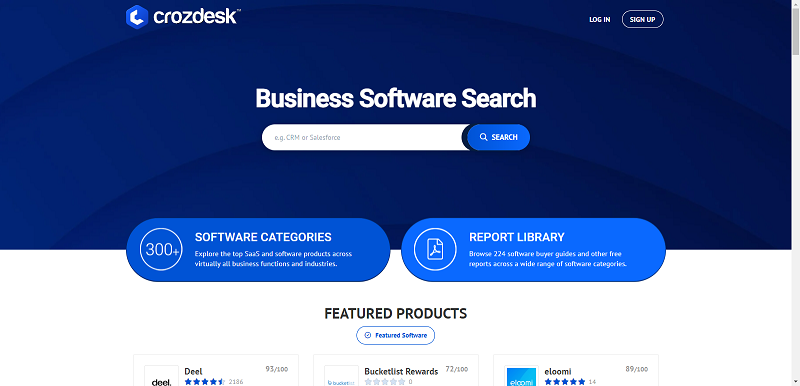When it comes to transportation, safety is highly consequential. From educational programs to legal penalties, safety is principle to the way that travel is spoken about and acted upon.
But what about digital travel? Although user files are hardly as important as users themselves, they often contain sensitive information. As cloud computing’s momentum increases, both users and cloud storage providers should be thinking about digital storage in terms similar to personal transportation.
On this digital highway, industry standards for safety should further the following:
With the average household containing five connected devices, digital users are easy prey to hackers. Popular cloud storage providers, which rely on inadequate end-to-end encryption software to curb ISP hacking, remain susceptible to information breaches.
Like seatbelts and airbags, cloud storage providers should include features in their platforms that optimize user safety. These features should be innate, and, with minimal effort from users, constantly working to improve the well-being of stored information. The best cloud storage platforms should incorporate:
Not only should cloud storage platforms protect user data, but they can simultaneously encourage users to increase their own understanding of cloud storage trends. Cloud technology is complicated and highly technical, and, like driver’s education or roadside billboards, bite-size tips can educate users on easy ways to keep their data safe.
For example, Barbie’s newest reincarnation, Hello Barbie, could inappropriately store children’s interactions on the cloud. While many parents fail to recognize the impact of the cloud on their daily lives, storage providers can highlight simple strategies to safely navigating the digital universe.
Safety is not a universal experience, and what feels safe to one person might feel completely unsafe to another. When picking transportation, users are given multiple options to personalize their safety: car or train, cheap or expensive. Similar opportunities exist for cloud storage providers.
As all encryption happens on a user’s device, providers using client-side encryption authorize users with complete control over what data is encrypted. When storing a wide range of personal files, discretionary encryption helps users keep safe what needs to be protection most. For example, users can choose not to encrypt photos to allot easy sharing, while encrypting loan documents or other private files to increase their safety.
When getting into a car, one of first things drivers do is buckle their seatbelts. On a plane, passengers sit through an extensive emergency evacuation plan. And even on a roller-coaster, riders are advised to keep their limbs inside of the ride at all times. Across all modes of transportation, brands and businesses work to ameliorate safety standards.
For most, transportation security is second nature, and the same level of attention should apply to cloud storage security. Improved security features are increasingly important too, as industry leaders speculate that 2015 could be the worst year for hacks ever. Through additional security features, cloud storage providers can give users optimal protection, which, until now, has been troublingly absent from cloud storage systems.
It might be the worst year ever, but, in adopting better security measures, cloud storage providers have the opportunity to influence just how bad it will be.
By Tunio Zafer





